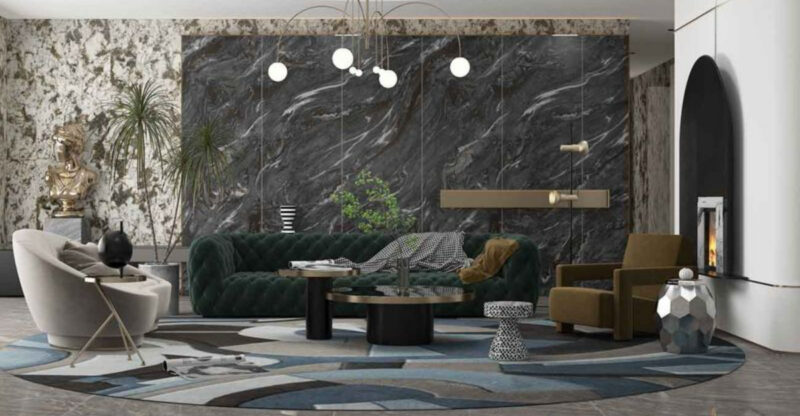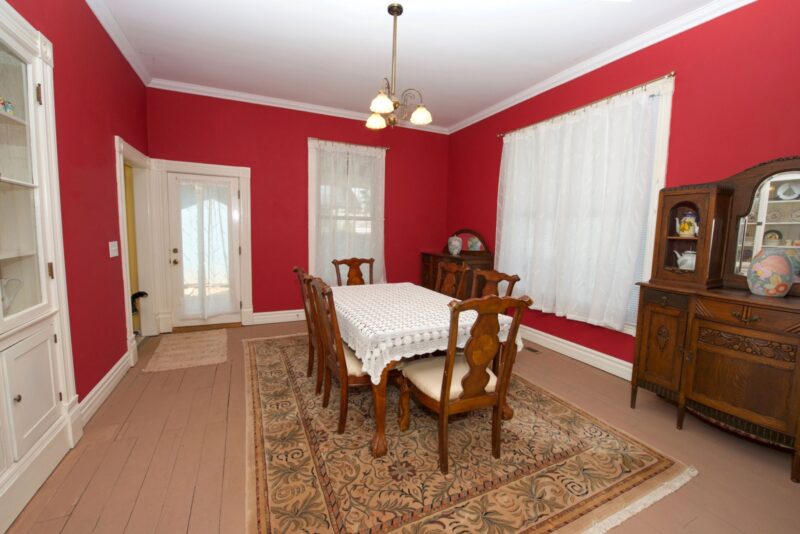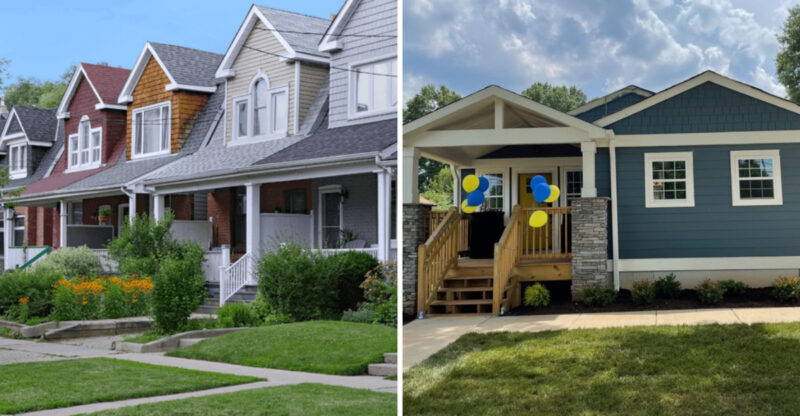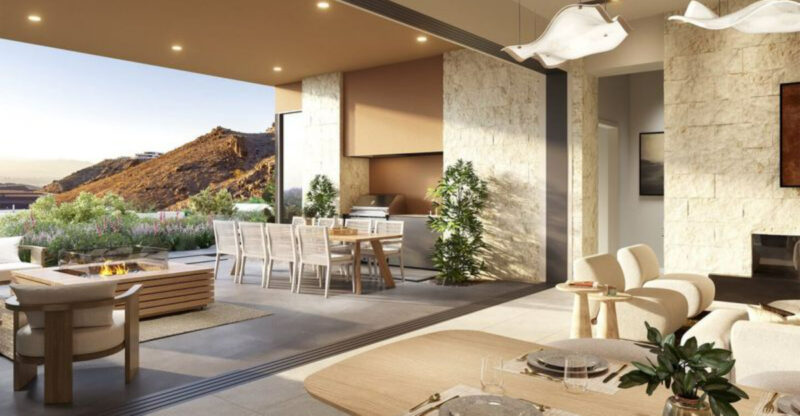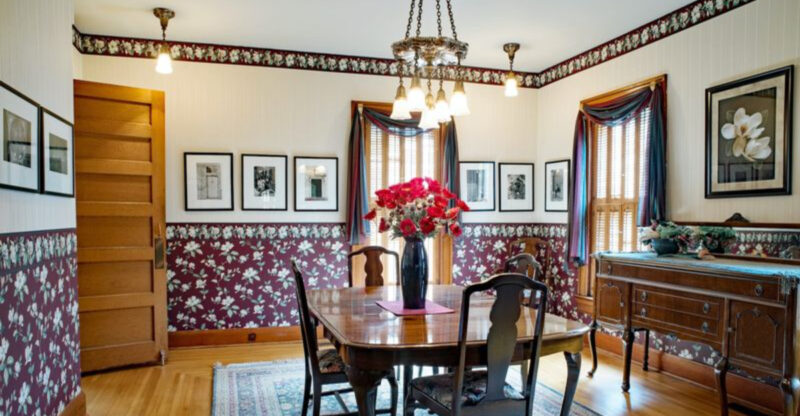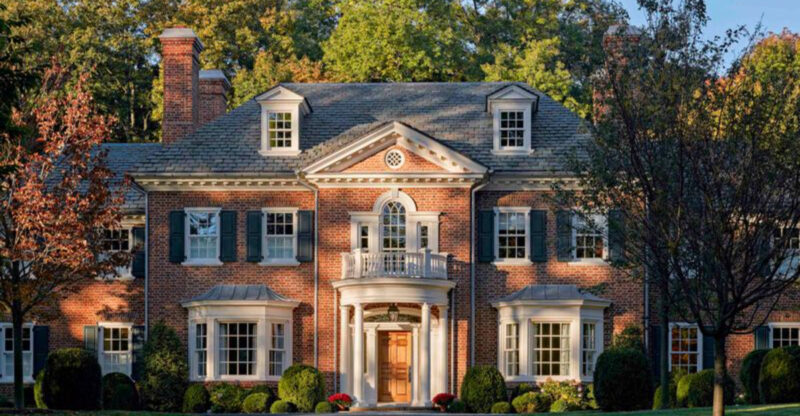From Dated To Done 12 Miami Architecture Trends On The Way Out And 3 That Are History
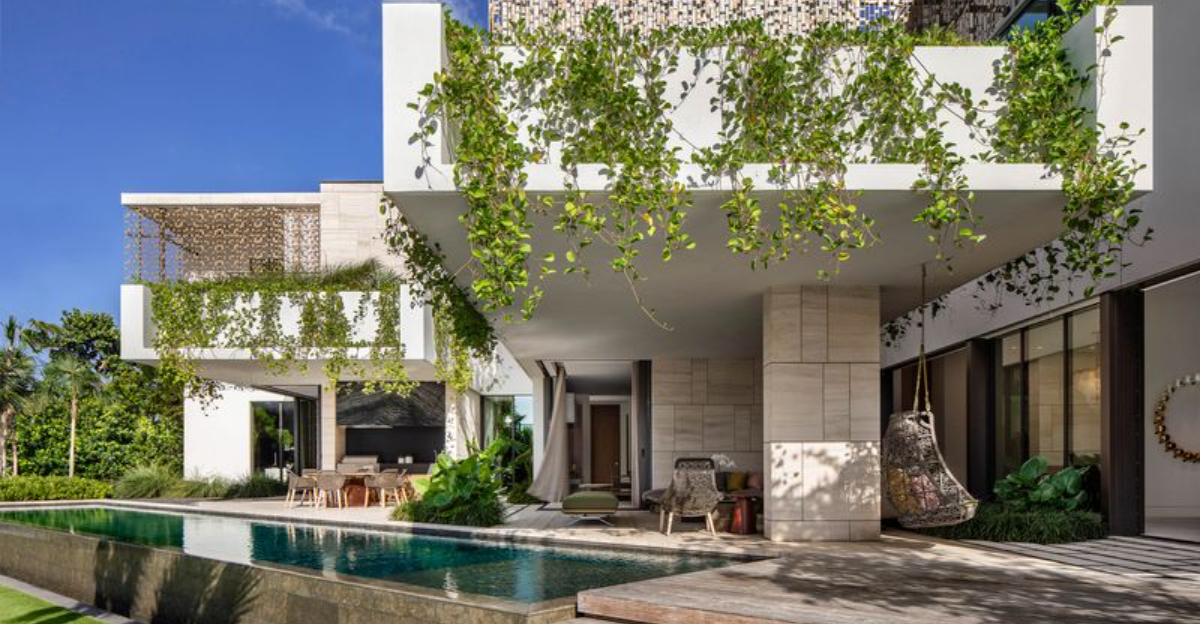
Miami’s skyline is changing faster than you can say ‘Art Deco.’ What once defined South Florida’s architectural identity is now giving way to fresher, more sustainable designs.
The Magic City’s buildings tell stories of cultural influences, climate adaptation, and changing tastes.
Ready to discover which Miami architectural elements are fading into the sunset and which have already disappeared completely?
1. Mediterranean-Style Overuse
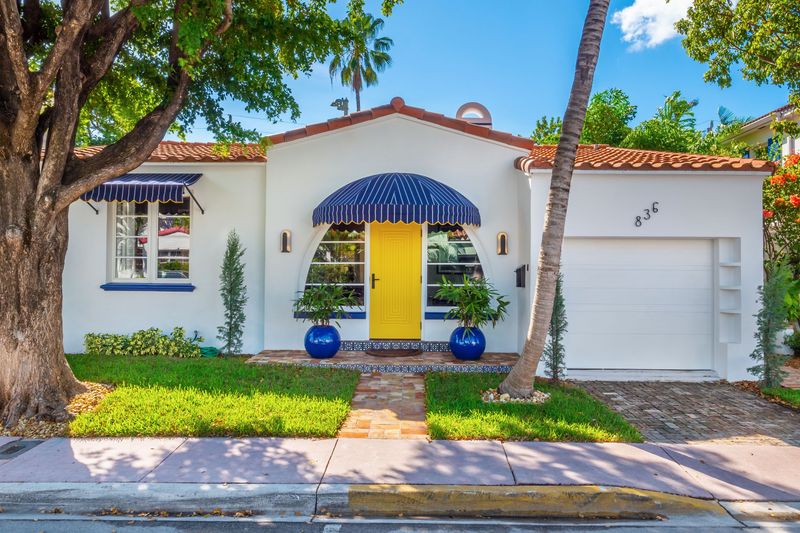
Remember when every new Miami neighborhood looked like a mini-Barcelona? Those days are numbered. Developers and homeowners alike are stepping back from the saturated Mediterranean aesthetic that dominated the 1990s and early 2000s.
The terracotta tiles, arched doorways, and stucco walls that once signaled luxury now feel predictable and dated. Contemporary Miami is embracing cleaner lines and more diverse architectural influences that better reflect its international character.
Modern Miami homes now incorporate elements from tropical modernism, industrial chic, and minimalist design creating unique identities rather than cookie-cutter Mediterranean villages. This shift celebrates Miami’s evolution as a global design destination rather than a Mediterranean copycat.
2. Faux Balconies and Juliet Rails
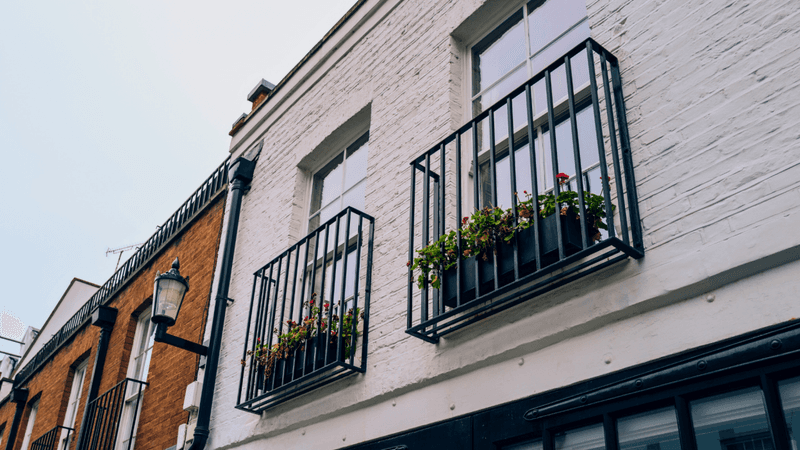
Those decorative railings that don’t actually lead to usable outdoor space are quickly falling out of favor. Homeowners have realized that in Miami’s perfect outdoor climate, fake balconies are a missed opportunity for genuine indoor-outdoor living.
Architects now prioritize functional outdoor spaces over decorative elements that serve no purpose. Real, usable balconies and terraces have become essential features in new construction and renovations across the city.
Beyond practicality, this shift reflects a broader movement toward architectural honesty where design elements serve actual functions rather than merely mimicking historical styles. Miami’s new buildings proudly display authentic outdoor living spaces that residents can truly enjoy year-round.
3. Beige-on-Beige Stucco Exteriors
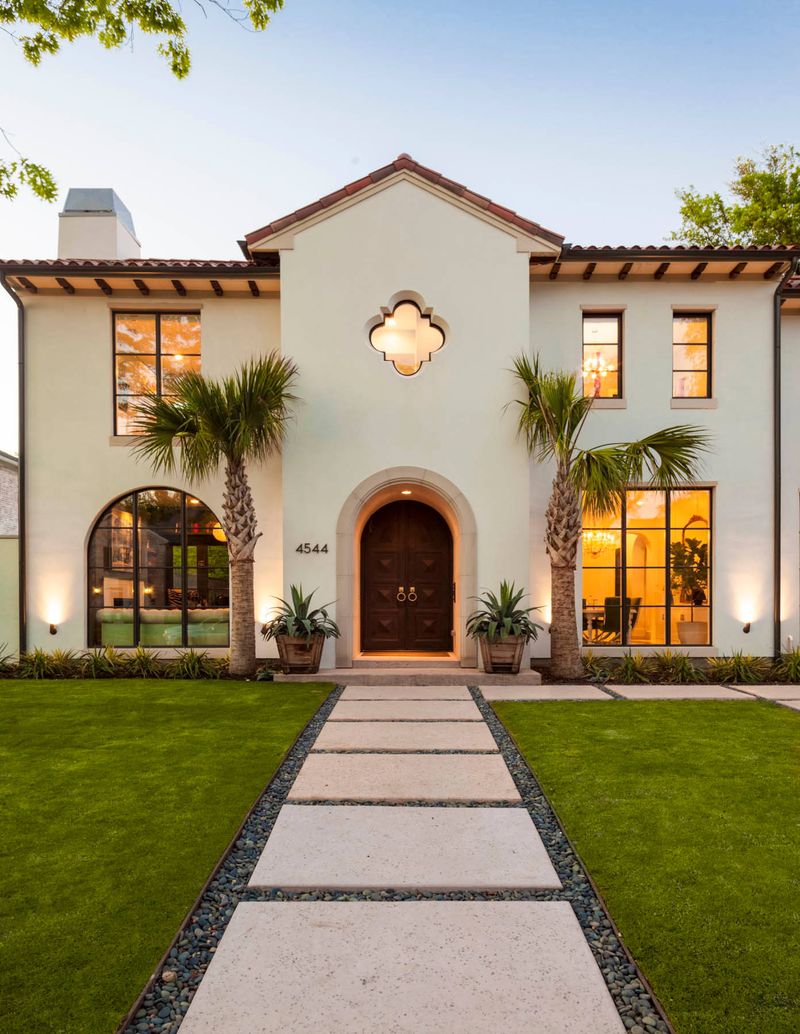
Miami’s monotonous beige buildings are finally getting a makeover! The city once dominated by endless variations of tan and cream stucco is now embracing a more vibrant palette. This shift brings welcome relief from the visual sameness that made neighborhoods indistinguishable.
Homeowners are exploring bolder color choices, from subtle coastal blues to dramatic charcoals. Even those sticking with neutrals are incorporating contrasting materials like wood accents, metal panels, and natural stone to create visual interest.
If you’re still living behind beige walls, consider this your permission to experiment. Even small changes – like painting your front door a bold color or adding contrasting trim can dramatically update your home’s appearance without requiring a complete exterior renovation.
4. Ornamental Wrought Iron Details
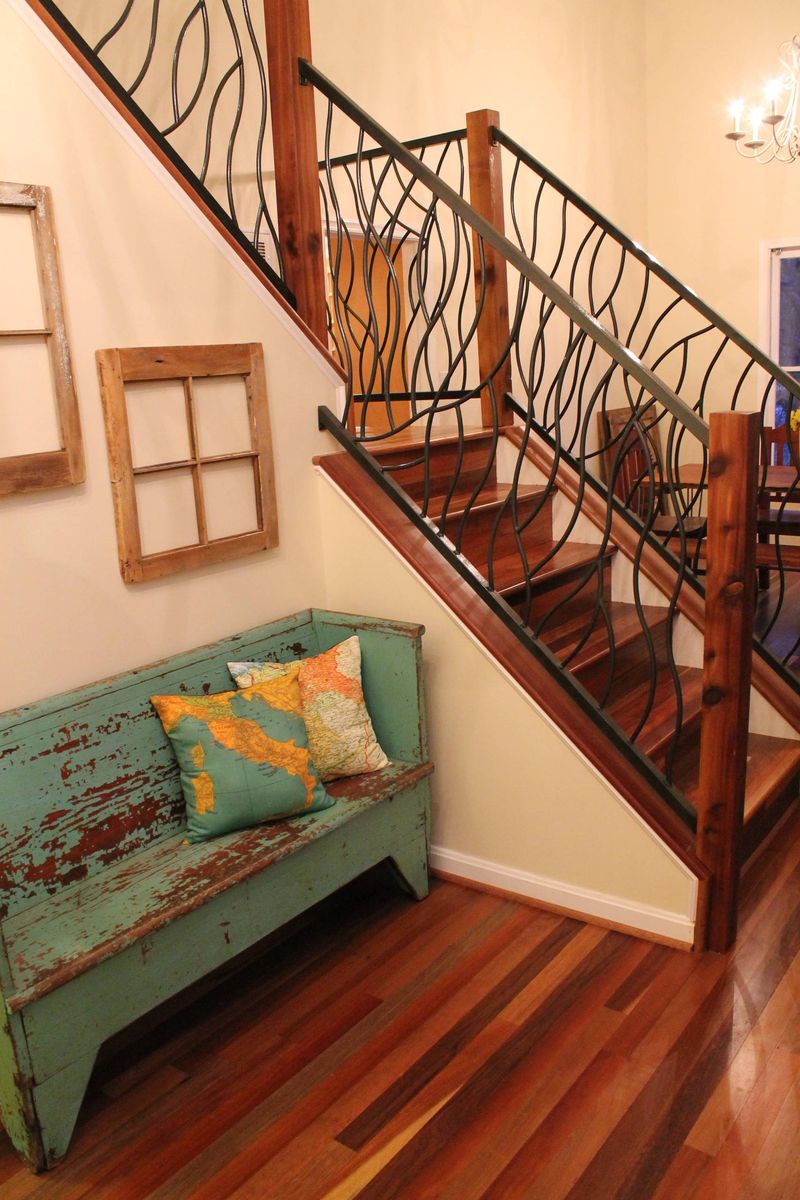
Heavy, ornate wrought iron railings, gates, and window guards are rapidly disappearing from Miami’s architectural landscape. These once-ubiquitous decorative elements with their scrolls, fleurs-de-lis, and intricate patterns now read as visually overwhelming and maintenance-intensive.
Today’s Miami homeowners prefer sleeker options like glass panels, horizontal cables, or minimalist metal railings that preserve views and create a sense of openness. The shift aligns with contemporary design’s emphasis on simplicity and functionality over ornate decoration.
This doesn’t mean metal elements are disappearing entirely. Rather, they’re evolving into cleaner, more purposeful forms that complement rather than dominate a building’s appearance. The new approach feels fresh while still acknowledging Miami’s love for durable, weather-resistant materials.
5. Decorative Foam Rooflines
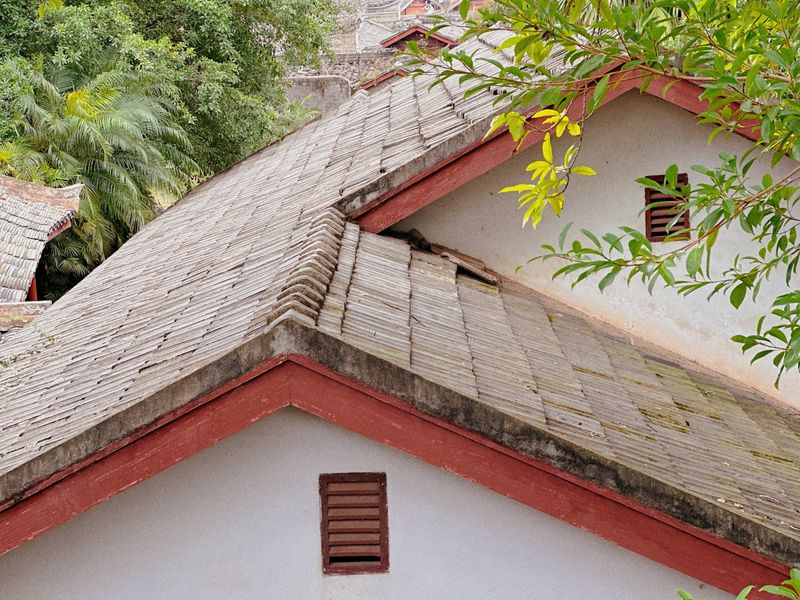
Those foam-core decorative elements that create elaborate cornices, pediments, and roofline details are rapidly vanishing from Miami’s architectural scene. Once added to create instant “character,” these lightweight foam accents quickly deteriorate in Florida’s harsh climate, creating maintenance headaches for homeowners.
Architects now favor authentic materials and simplified rooflines that can withstand Miami’s sun, rain, and occasional hurricanes. Natural stone, concrete, and genuine architectural details have replaced these faux embellishments that often look artificial even when new.
If your home still sports these foam decorations, consider replacing them with more durable alternatives or removing them entirely for a cleaner look. The best architectural details emerge from structural necessity rather than superficial decoration a principle Miami’s best designers now embrace wholeheartedly.
6. Excessive Use of Terracotta Accents
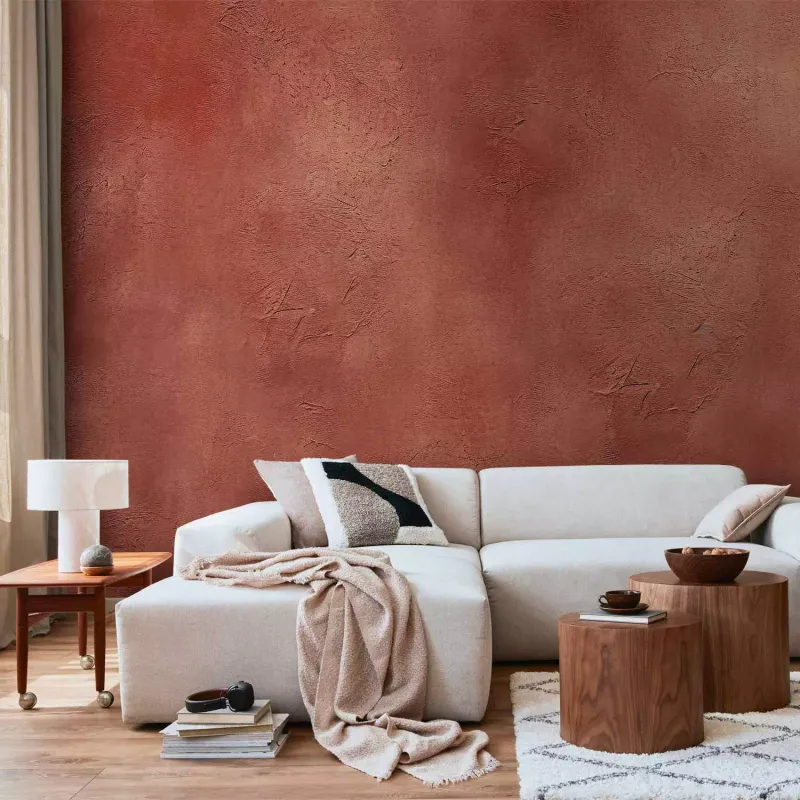
Terracotta overload is officially on the decline in Miami. While these orange-red clay elements once defined South Florida’s Mediterranean-inspired architecture, their excessive use now feels formulaic and dated. Think scattered roof tiles, pots, and decorative elements that don’t relate to the building’s overall design.
Modern Miami architecture uses terracotta more judiciously, if at all. When incorporated, it appears as a thoughtful accent rather than the default material for anything decorative. This restraint creates more sophisticated compositions where no single material dominates.
Homeowners looking to update without a complete renovation can simply reduce terracotta elements, replacing some with contemporary materials like concrete, metal, or natural stone. The key is balance allowing your home’s architecture to breathe without being suffocated by one dominant material.
7. Overbuilt Two-Story Entry Arches
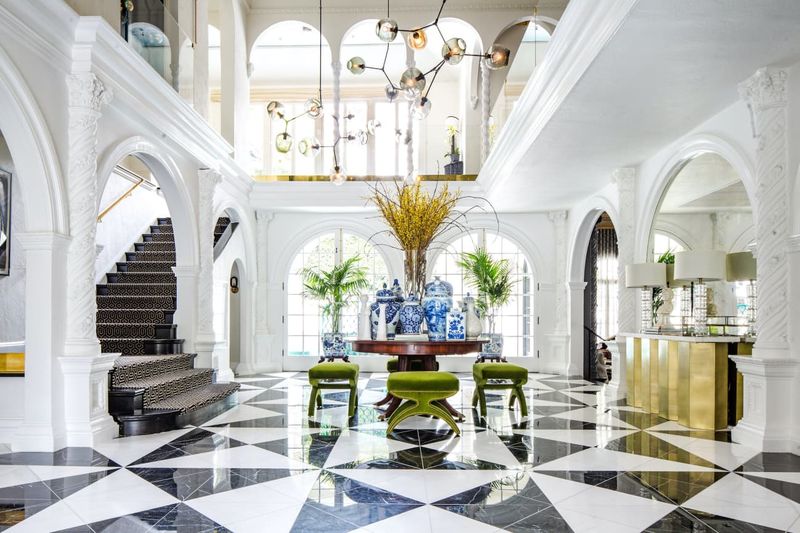
Grandiose two-story arched entryways that dominated Miami’s luxury homes in the 1990s and 2000s are losing their appeal. These imposing features, often topped with circular windows or elaborate detailing, aimed to create a sense of opulence but now feel unnecessarily theatrical and dated.
Today’s premium Miami properties feature more understated entrances that prioritize proportion and quality materials over sheer size and drama. The shift reflects a more sophisticated understanding of luxury where craftsmanship and thoughtful design trump ostentatious gestures.
If your home sports one of these massive arched entrances, consider simplifying it during your next renovation. Even modest updates like removing ornate details or changing the surrounding materials can significantly modernize your home’s appearance while maintaining its welcoming character.
8. Single-Pane Floor-to-Ceiling Glass Walls
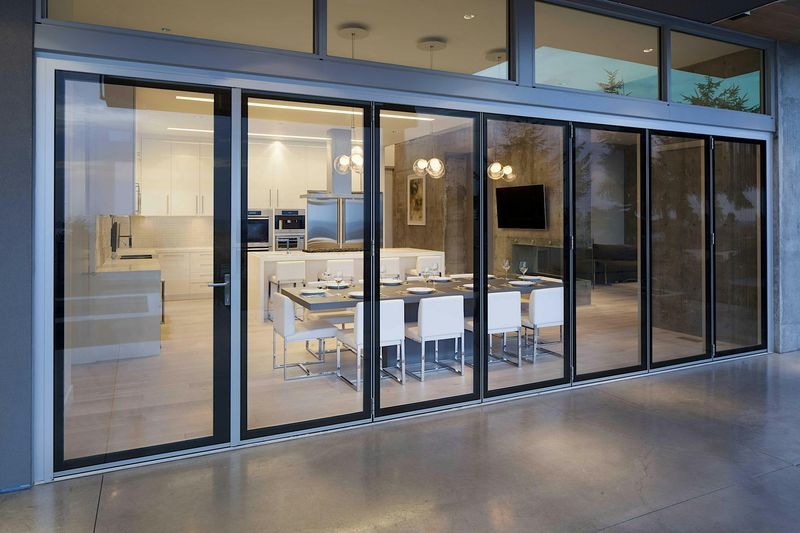
Miami’s love affair with vast expanses of single-pane glass is cooling off. While dramatic floor-to-ceiling windows once defined luxury waterfront properties, they’ve proven impractical in Florida’s climate creating solar heat gain, hurricane vulnerability, and energy efficiency problems.
Forward-thinking architects now implement high-performance glazing systems with multiple panes, hurricane resistance, and solar-controlling properties. These sophisticated systems maintain the indoor-outdoor connection Miami residents crave while addressing practical concerns about comfort and durability.
The best new Miami homes feature thoughtfully placed windows rather than glass walls everywhere. This selective transparency creates more interesting interiors with varying light conditions while dramatically improving energy performance. It’s a smarter approach to Miami’s sunshine that doesn’t sacrifice the views that make the city special.
9. Faux Coral Rock Columns
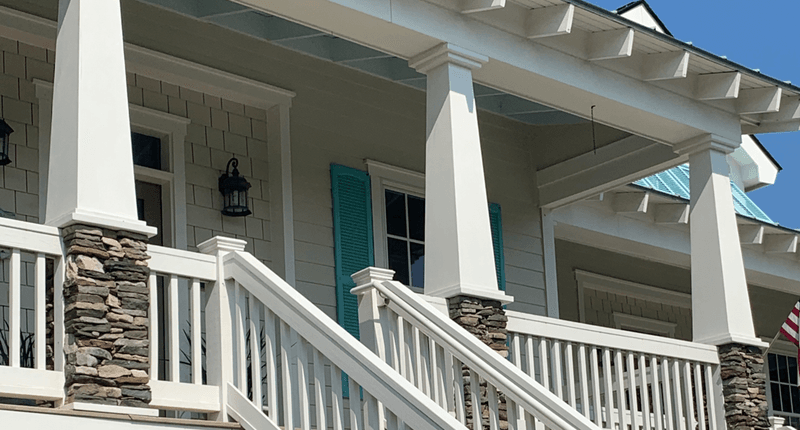
Those fake coral rock columns and accents that once adorned countless Miami properties are rapidly disappearing from new construction. Made from cast concrete designed to mimic natural coral rock, these imitations lack the authentic character and subtle variation of the real material.
Authentic materials are making a comeback in Miami architecture. Natural stone, genuine coral rock (when sustainably sourced), or completely different materials chosen for their inherent qualities rather than their ability to imitate something else are now preferred.
This shift represents a broader move toward architectural authenticity across Miami. Designers increasingly celebrate the true nature of building materials rather than disguising them as something they’re not. The result is more honest, timeless architecture that ages gracefully rather than quickly revealing itself as counterfeit.
10. Monochrome Tile Roofs
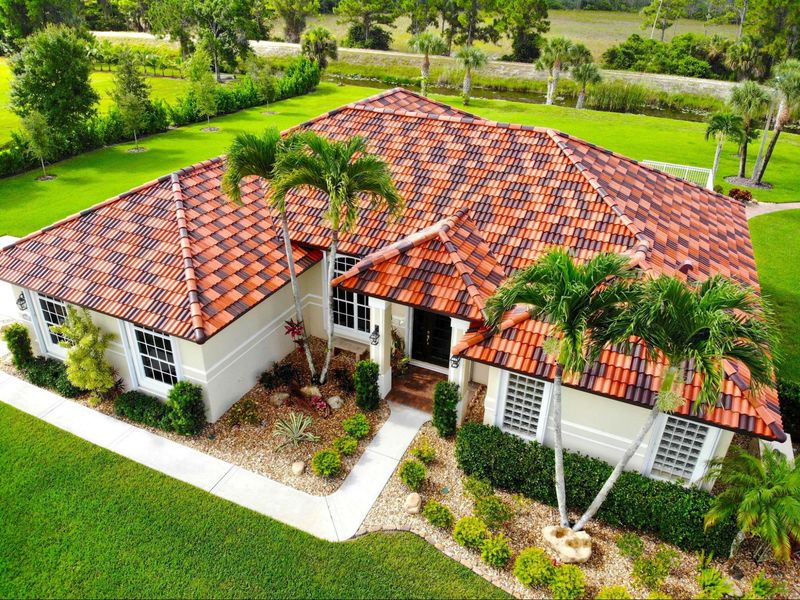
Uniform, single-color tile roofs are losing their appeal across Miami neighborhoods. These monotonous expanses of identical tiles whether in traditional terracotta or concrete varieties create a flat, lifeless appearance that fails to capture the vibrancy of Miami’s architectural heritage.
Progressive builders now incorporate varied tile colors, even within the same roof, to create subtle depth and visual interest. This blending technique references traditional Mediterranean roofing while appearing more sophisticated and intentional than the mass-produced uniformity of past decades.
Beyond aesthetics, mixed-tone roofing ages more gracefully, as minor discolorations or replacements blend naturally with the intentional variation. If you’re replacing your roof, consider specifying a blend rather than a single color this small decision significantly impacts your home’s overall appearance and character.
11. Crowded Courtyard Layouts
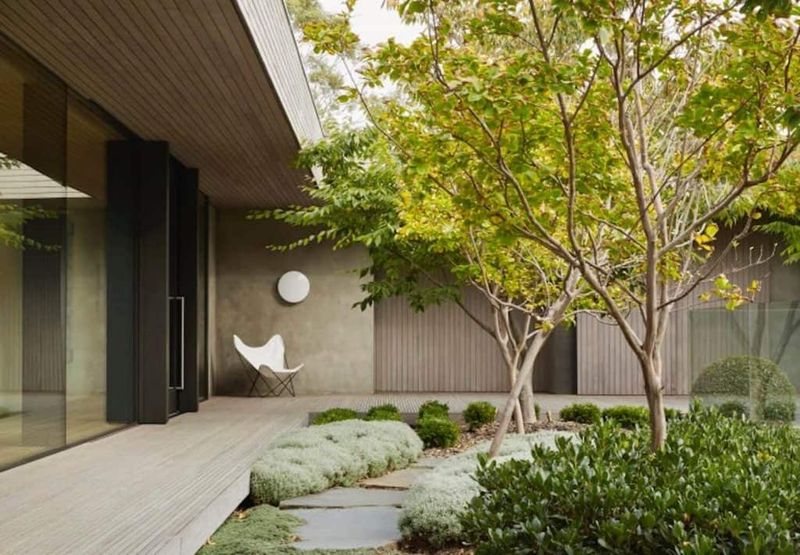
Those cramped, over-decorated courtyard entrances that characterized many Miami homes are falling out of favor. These spaces, often stuffed with fountains, planters, statuary, and seating that nobody uses, create a cluttered first impression rather than a welcoming transition into the home.
Modern Miami architecture embraces more generous, simplified courtyard designs with breathing room between elements. The focus shifts to a few quality pieces and thoughtful plantings rather than maximizing decorative elements per square foot.
This decluttered approach creates more usable outdoor spaces that homeowners actually enjoy rather than merely look at. If your courtyard feels congested, consider removing some elements to create negative space sometimes what you take away matters more than what you add. The best Miami courtyards now feel like natural extensions of interior living spaces.
12. Symmetrical Facades Without Function
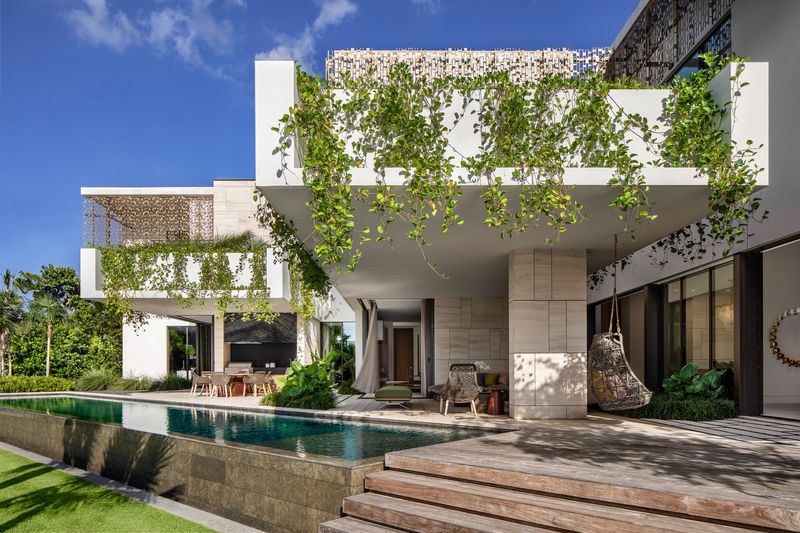
Rigidly symmetrical house facades that ignore interior functions are losing ground in Miami’s architectural landscape. These designs with perfectly mirrored windows, doors, and decorative elements – often create awkward interior spaces where form overrules function.
Today’s most interesting Miami homes embrace asymmetry when it serves the building’s purpose. Windows are placed to capture specific views or cross-breezes rather than to satisfy an arbitrary symmetry. Entrances and architectural features respond to site conditions rather than forcing symmetry where it doesn’t naturally exist.
This shift represents architecture that prioritizes how buildings work over how they photograph from a single angle. The result is more livable, site-responsive homes that may appear less formally balanced but function far better for their inhabitants. Good design now means homes shaped by how people actually live in Miami’s unique climate.
13. Popcorn Ceilings
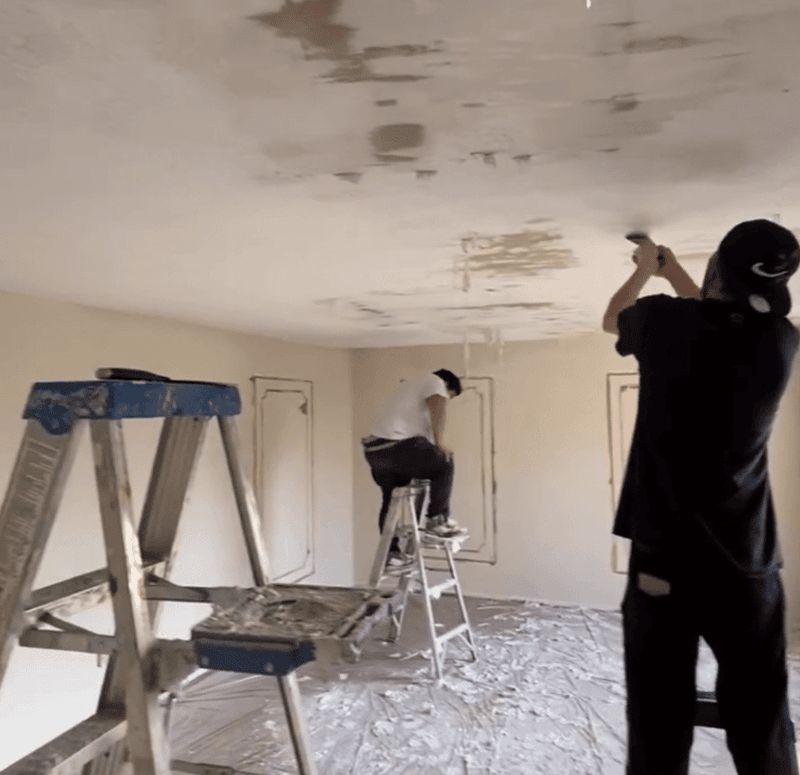
Popcorn ceilings have been completely banished from Miami’s architectural vocabulary. These textured eyesores originally installed to hide imperfections and reduce noise collected dust, darkened with age, and proved nearly impossible to clean in Florida’s humid climate.
No contemporary Miami home would consider this dated finish, with flat, smooth ceilings now standard in new construction and renovations. Beyond aesthetics, this change addresses health concerns, as older popcorn textures sometimes contained asbestos.
If your home still sports these relics, removal is relatively straightforward though messy. The transformation dramatically modernizes interiors, improves light reflection, and creates a cleaner, more contemporary feel. Professional removal is recommended for pre-1980s homes to address potential asbestos concerns, making this update both an aesthetic improvement and potentially a health upgrade.
14. Carpeted Living Spaces
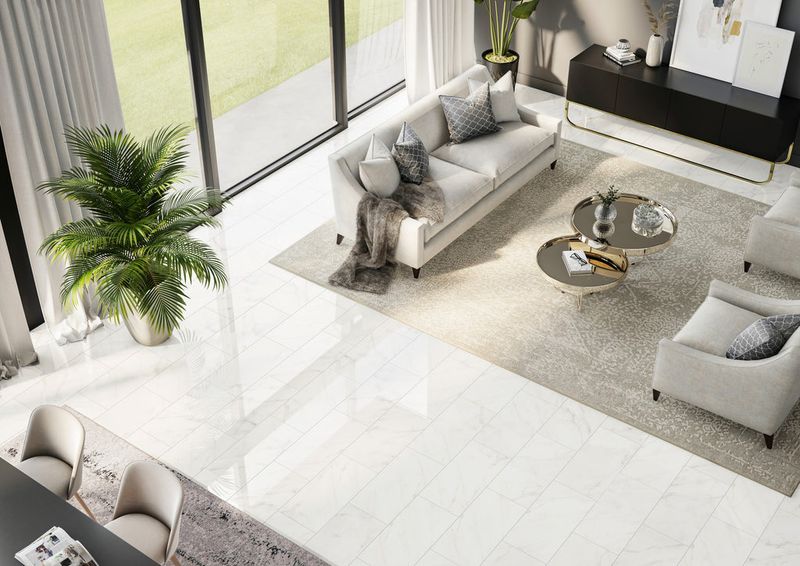
Wall-to-wall carpeting in Miami living areas has completely vanished from contemporary design. Once considered luxurious, carpet proved impractical in Florida’s humid, sandy environment – trapping moisture, harboring allergens, and showing wear patterns quickly.
Miami homes now showcase hard-surface flooring that better suits the climate and lifestyle. Porcelain tile remains popular for its durability and cooling properties, while engineered wood and luxury vinyl provide warmer alternatives that can withstand occasional moisture exposure.
This shift prioritizes both practicality and aesthetics hard surfaces stay cooler underfoot in Miami’s heat while providing a cleaner, more contemporary look. Area rugs now provide softness and acoustic benefits where needed, but can be removed for cleaning or replacement without major renovation. The days of wall-to-wall carpet in Miami’s main living spaces are definitively over.
15. Mirrored Closet Doors
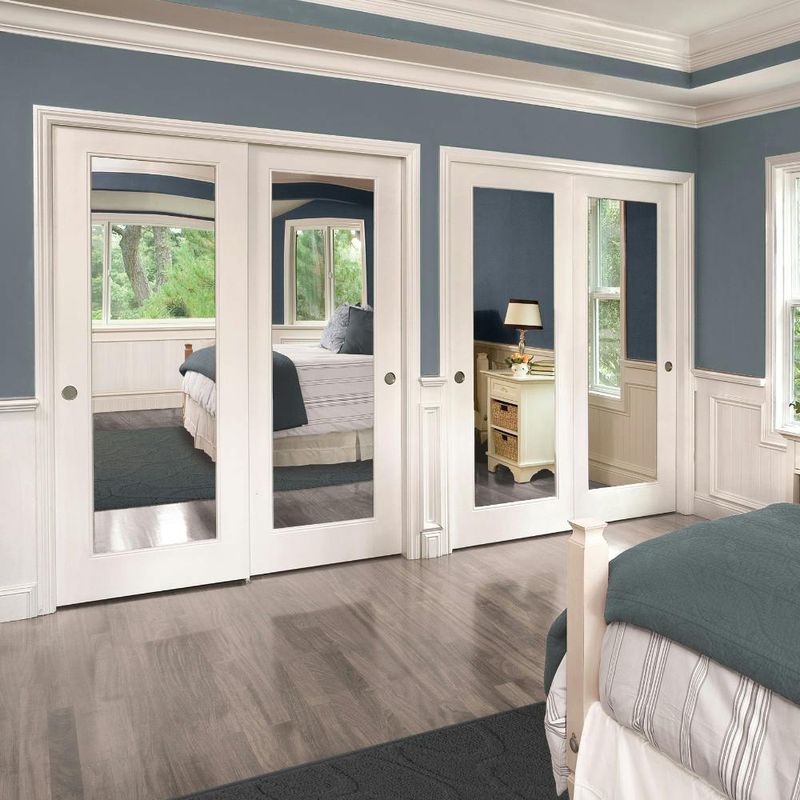
Those wall-to-wall mirrored sliding closet doors that dominated Miami bedrooms in the 1980s and 90s have completely disappeared from current design. Once considered space-enhancing and glamorous, these reflective surfaces now read as dated, cheap, and impractical showing every fingerprint and collecting dust in their tracks.
Modern Miami homes feature more sophisticated closet solutions with solid doors, often in wood or painted finishes that complement the room’s design. Walk-in closets have replaced many sliding door systems entirely, offering better organization and eliminating the need for space-saving mirrors.
If your bedroom still features these mirrored relics, replacing them offers one of the most dramatic and cost-effective room updates possible. New doors instantly modernize the space while providing an opportunity to introduce quality materials and hardware that elevate the entire room’s appearance.

